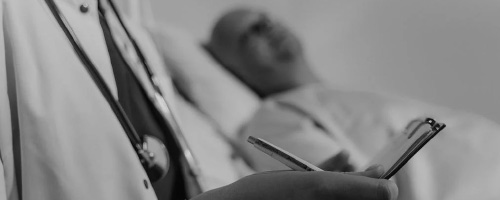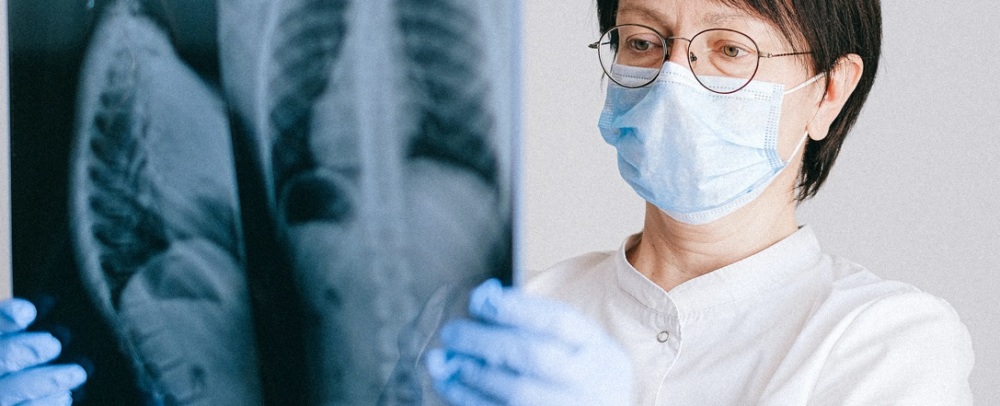
Underutilization of Intravesical Chemotherapy and Immunotherapy for High Grade Non-Muscle Invasive Bladder Cancer in California between 2006–2018
- Eric Stewart, MPH
Rosemary Cress MPH, DrPH
Anshu Shrestha MPH, PhD
Onika DV Noel MD, PhD
Marc A Dall'Era MD
-
Focus Areas
Health Care & Population Health -
Issues
Cancer -
Programs
Cancer Registry of Greater California

In the United States, approximately 81,000 new patients are diagnosed with bladder cancer every year, making it the fourth most common cancer in men and the 12th most common cancer in women. About 70%-80% of newly diagnosed patients have non-muscle invasive bladder cancer. Among patients diagnosed with non-muscle invasive bladder cancer (NMIBC), those with high risk disease have the greatest risk of recurrence and disease progression. The underutilization of intravesical immunotherapy with Bacillus Calmette-Guérin (BCG) has been a longstanding concern in clinical practice.
This study from PHI’s Cancer Registry of Greater California and partners, published in Urologic Oncology: Seminars and Original Investigations, aims to determine the disparities present in receipt of adjuvant intravesical chemotherapy and immunotherapy in treatment of patients with high grade NMIBC following initial transurethral resection of a bladder tumor (TURBT).
Read the studyObjective
Among patients diagnosed with non-muscle invasive bladder cancer (NMIBC), those with high risk disease have the greatest risk of recurrence and disease progression. The underutilization of intravesical immunotherapy with Bacillus Calmette-Guérin (BCG) has been a longstanding concern in clinical practice. This study aimed to determine the disparities present in receipt of adjuvant intravesical chemotherapy and immunotherapy in treatment of patients with high grade NMIBC following initial transurethral resection of a bladder tumor (TURBT).
Method
The California Cancer Registry data was used to identify 19,237 patients diagnosed with high grade NMIBC who underwent TURBT. Treatment variables include re-TURBT, re-TURBT and intravesical chemotherapy (IVC) and/or BCG. Independent variables include age, sex, race/ethnicity, neighborhood socioeconomic status (nSES), primary insurance payer and marital status at diagnosis. Multiple logistic regression and multinomial regression models were used to examine variation in the treatments received following TURBT.
Results
The proportion of patients receiving TURBT followed by BCG was similar across all racial and ethnic groups (28%–32%). BCG therapy was higher in patients belonging to the highest nSES quintile (37% for highest vs. 23%–26% for the 2 lowest quintiles). In multiple variable analyses, receipt of any intravesical therapy (IVT) was influenced by nSES, age, marital status, race/ethnicity, and insurance type. Patients in the lowest nSES quintile had a 45% less likelihood of receiving IVT compared to the highest nSES group (OR [95%CI]: 0.55[0.49, 0.61]). Race/ethnicity differences in receipt of any adjuvant therapy were noted in the middle to lowest nSES quintile for Hispanic and Asian/Pacific Islander patients when compared to non-Hispanic White patients. When comparing variation in treatment by insurance type at diagnosis, those with Medicare or other insurance were 24% and 30% less likely to receive BCG after TURBT compared to those with private insurance, (OR [95%CI]: 0.76 [0.70, 0.82] and 0.70[0.62, 0.79]) respectively.
Highlights
- About 45% of patients with high grade non-muscle invasive bladder cancer (NMIBC) received intravesical therapy within 6 months of diagnosis.
- Underutilization of Bacillus Calmette-Guérin (BCG) was most pronounced in the elderly and patients from the lowest socioeconomic status areas.
- Paradoxically, non-Hispanic black (NHB) patients were more likely to receive BCG despite known disparities in survival.
Conclusion
In patients with a diagnosis of high risk NMIBC, disparities in utilization of BCG are seen based on SES, age, and insurance type.
Originally published by Urologic Oncology: Seminars and Original Investigations
Work With Us
You change the world. We do the rest. Explore fiscal sponsorship at PHI.
Support Us
Together, we can accelerate our response to public health’s most critical issues.
Find Employment
Begin your career at the Public Health Institute.


